Planting lupins in open ground and features of caring for them
Lupine is a herbaceous perennial, a beautiful large flower from the legume family. The popular name is wolf beans, because, unlike relatives, such as beans or peas, the fruits of many types of lupine are poisonous. The plant is interesting not only for its decorative qualities - it has value as a green manure and fodder. Planting lupine is not difficult, caring for it is simple, growing it in the open field does not take much time.
Types and varieties
Of the more than 200 known species on the territory of Russia, no more than a dozen are cultivated, characterized by an extensive color range of flowers.
- L. treelike - a native of North America. Branched shoots, straight, up to 2 m high. Flowers are white, yellow, red.
- L. white comes from the Mediterranean countries. The species is annual, self-pollinating. Straight pubescent stems about 2 m tall, white flowers. The plant is resistant to drought and heat. Grown as an annual.
- L. yellow - thermophilic annual. The flowers have a strong, pleasant scent.
- L. dwarf forms compact dense bushes, takes root easily and quickly. The color of the flowers is deep blue with yellow spots. In cold climates, it is grown as an annual.
- L. multifoliate - a native of North America. Reaches a height of one and a half meters, flowers are painted in shades of blue, purple, white, there are two-color. Frost-resistant species, suitable for growing in regions with severe winters.
- L. narrow-leaved (blue) grows up to 1.5 m. Large, odorless flowers are painted with purple, pink or white shades. Annual, considered one of the best green manure.
- L. Russell (Roussel) - a line of varieties and hybrids, developed on the basis of the developments of the English breeder George Russell. They are distinguished by high decorativeness, combined with the natural qualities of the family.
- L. Hartweg - compact annual, height up to 60 cm, cylindrical inflorescence.
Popular varieties of lupines:
- My Castel - blooms in early summer, height about half a meter, length of the flower cluster 35 cm, red flowers;
- Faust with flowers of various colors, height up to 80 cm, blooms in early summer;
- The Governor, the flowers are white-blue, the length of the flower cluster is about 30 cm;
- Abengludt, one meter in height, inflorescence length 40 cm, flowers are dark red saturated color, frost-resistant;
- Minarette is about half a meter high, has a variety of colors, begins to bloom in June;
- Neue Spielarten grows up to 1.5 m, the length of the orange-pink brushes is about 40 cm;
- Prinzess Juliana is similar to the previous cultivar, but the flowers are pink and white.
Perennial varieties that bloom in mid-summer are able to bloom again. For this, faded brushes are immediately cut off.
Growing lupins in the open field
The cultivation technology is simple, it only requires compliance with the rules of agricultural technology available to any gardener.
The flower grows well and blooms in open sunny or semi-shaded flower beds.
For planting lupins, areas where legumes or cereals previously grew are unsuitable. Do not plant flowers next to cruciferous plants - they have the same diseases and pests.
Perennial lupins grow without claims on any soil, but loose, well-drained loams, neutral, slightly alkaline or slightly acidic, will be optimal for them.If in the selected area the soil acidity indicator does not correspond to the required one, corrective additives are introduced in the fall (5 kg / sq. M each):
- for leaching - peat;
- for deoxidation - dolomite or lime flour.
When to plant?
Growing from seeds involves seedling and direct sowing of seeds in open ground. The first option is recommended for use in regions with short summers, the second is suitable for southern regions.
In accordance with the selected planting option, the timing of sowing seeds is determined:
- sowing seedlings in late February - early March;
- in open ground - in April, guided by weather conditions.
Growing seedlings
The process requires strict adherence to the rules below.
- The substrate for seeds is made up of sand, peat and sod land in equal proportions.
Adding pounded dry nodules of lupine to the soil mixture accelerates the emergence of seedlings.
- The seeds are pre-soaked with "Fundazol" (50%) - the procedure accelerates germination and at the same time protects against fungal diseases.
- The seedling container should be deep with drainage holes. It is advisable to sow seeds in separate cups so that the root system does not suffer during transplantation.
- The soil mixture is poured into seedling containers, moistened and grooves are made 1.5-2 cm deep. The seeds are laid out and sprinkled with a substrate, the container is covered with polyethylene or glass.
- Crops are kept in a warm place. If this is not possible, it is recommended to cover them with a layer of peat.
- Water as the top layer of the substrate dries. After the second watering, regular soil loosening begins. Loosen carefully so as not to disturb the seeds.
- Crops are aired daily.
Seedlings appear in 2-3 weeks, seedlings are planted on flower beds in 20-25 days, when 2-3 strong real leaves are formed. Overexposing seedlings is undesirable: the root system develops very quickly, overgrown seedlings are much more difficult to plant.
Direct sowing of seeds
The land for direct sowing is prepared in the fall - they dig up, add deoxidizing or leaching additives, superphosphate and ash.
In the spring for seeds, dig holes or grooves up to 2 cm deep, scatter seeds soaked with Fundazol and sprinkle with soil.
The optimal sowing time is April, the first half of the month for the south, the second for a temperate climate.
Winter sowing is also practiced; it is carried out in the second half of October. Crops are mulched with a 2-cm layer of peat. Flowering will come in the first year, tentatively expected in August.
They also sow seeds in the summer, following the described technology.
How to plant lupine seedlings?
The grown strong seedlings are planted when the final heat is established. The holes are dug by the size of an earthen coma. The pick is carried out carefully so as not to damage the roots.
Seedlings are placed at intervals from 35 cm (for low-growing and compact cultivars) to 50 cm (for tall and spreading).
Weak, poorly growing seedlings are not planted on flower beds: they have little chance, they have a lot of space. They are either thrown away, or they find a semi-shaded place under fruit trees.
Outdoor Lupine Care
Lupine is considered an unpretentious plant. In order for it to develop successfully and bloom regularly, they follow the general rules of care.
- Loosening the soil and removing weeds are especially important in the first year, when the root system is formed in young bushes.
- The frequency and amount of watering depends on the variety and composition of the soil. The general rule is that abundant watering is required for the first month or two after planting and during the formation of buds. Preferably rainwater, tap water is defended for at least a day.
- They monitor the root part of the plant. If she is bare, add earth. From the second year, lupins are spud to stimulate the growth of lateral roots. The flower will be strong, healthy, actively blooming.
- Tall bushes may need a garter if they grow in a windy area.
- Faded peduncles are promptly removed. A simple procedure pursues several goals - preventing self-seeding, preserving the decorative effect of the bush, and stimulating re-flowering.
- Preparation for winter includes pruning of peduncles and old yellowed leaves, hilling, mulching with peat or sawdust.
- If the off-season is characterized by sharp temperature changes, it is advisable to arrange an air-dry shelter, in extreme cases, the planting is covered with a film covering material.
The bushes are renewed every 4-5 years, since with age, lupine gradually loses its decorative qualities, its ability to form full-fledged peduncles decreases.
When and what to feed?
In the first year after planting, the plant does not need to be fertilized. Starting from the second year, every spring they introduce:
- superphosphate - 10-20 g / sq. m:
- potassium chloride - 5 g / sq. m.
It is not recommended to use complex mineral fertilizers, as they contain nitrogen, which is not needed by lupins.
Diseases and pests
Typical diseases - fusarium, brown spot, powdery mildew, gray and brown rot - appear for the following reasons:
- temperature changes;
- lack of lighting;
- waterlogging.
Fungicides are used to counteract. A preventive measure is the timely introduction of mineral dressings - superphosphate and potassium salt.
Lupine pest insects - aphids, sprout flies, root weevils, especially annoying during the period of bud formation. To combat them, insecticides are used, for example, "Aktara".
As a prevention of diseases and pest attacks, they monitor the watering regime, and regularly remove withered leaves. Damaged plant parts are promptly cut and destroyed.
Reproduction methods
For lupine, the main methods of reproduction are used - generative (by seeds) and vegetative (cuttings, dividing the bush).
Seed method
Seeds are harvested in the fall, after re-flowering they have time to ripen. In varieties that bloom once a season, one peduncle is left.
A mature seed pod (pod) is colored yellow.
You should not wait until the seeds ripen on the vine - lupine easily multiplies by self-sowing, beans-beans can scatter over the area from a gust of wind and get enough sleep from the rain.
Collect the pods when they start to turn yellow. Without opening, they are folded into bags, leaving free air access. Ripe seeds will fall out of the pods themselves. After that, the shutters are removed, the seeds are stored in a dry, dark place.
When collecting seeds, it should be borne in mind that lupins are pollinated and the probability of complete inheritance of parental qualities in new plants is low.
Cuttings
The method is good in that young plants completely repeat the mother plants.
In spring cuttings, a root rosette is taken at the base of the stem. It is cut off with a piece of the root collar. In summer, lateral shoots are used for cuttings, which form in the leaf axils. The procedure is carried out at the end of flowering.
Cuttings are planted in a soil mixture with a high sand content in a shaded area. The first roots grow in 20-25 days - after that the cuttings are ready for planting in a permanent place.
The flowering of lupins grown from cuttings begins in the current season.
Dividing the bush
The method is only suitable for shrub forms. Lateral shoots are separated from a 4–5-year-old bush.
Using lupines as green manure
Features of lupine, allowing you to use it as a green manure:
- the root system, which goes to a depth of 2 m, absorbs monohydrogen phosphates and raises them into the upper layers of the soil, without depleting the sod layer;
- a developed root system keeps the soil loose, saturates with oxygen;
- alkaloids contained in lupins contribute to soil deoxidation and repel many pests;
- Like all legumes, lupine saturates the soil with nitrogen, taking it directly from the atmosphere.
To improve the soil, annual lupins are planted - white, yellow, narrow-leaved (blue). The same species contribute to the removal of wireworm settlements.
Lupine varieties suitable for soil rehabilitation:
- Degas, Gamma - white lupine;
- Crystal, Smena, Siderat 38 - blue lupine;
- Torch, Peresvet, Grodno 3 - yellow.
Sowing of green manure is carried out in early spring or autumn, after harvest. The beds are preliminarily freed from weeds and residues of cultivated plants. The distance between plants is maintained as follows:
- row spacing - 15-30 cm;
- in a row - 5-15 cm;
- the depth of the grooves is 2-3 cm.
The plantings are mown and the plant residues are embedded in the soil after 8 weeks.
Multicolored lupins are easy to plant and require little maintenance. With minimal intervention of the gardener, flowers decorate the garden area with inflorescence candles for a long time, pleasing the eye and attracting bees.
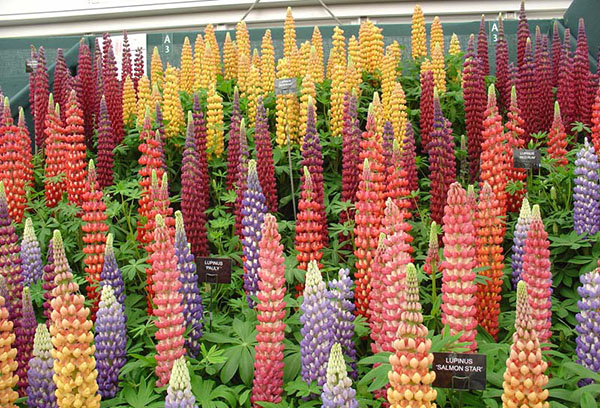
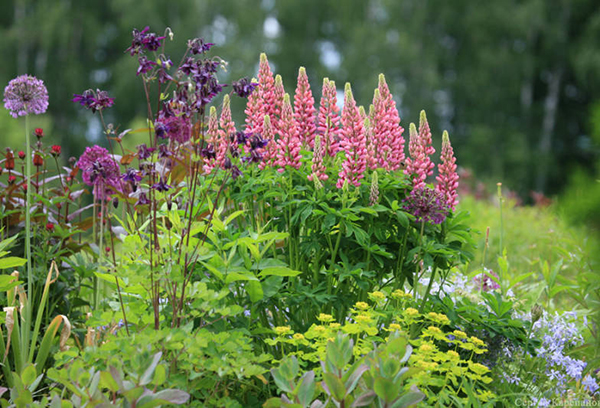
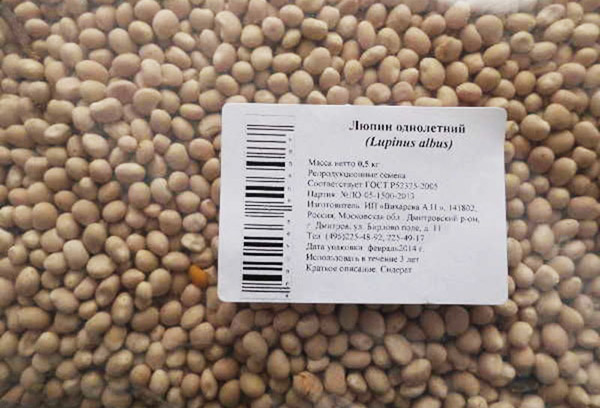
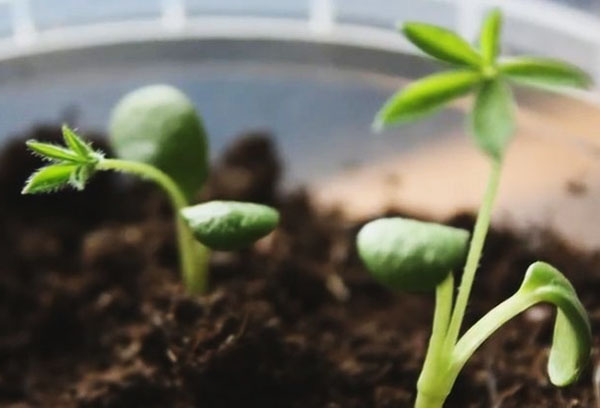
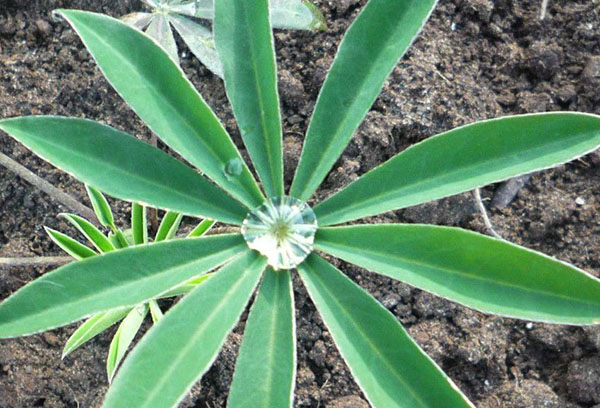
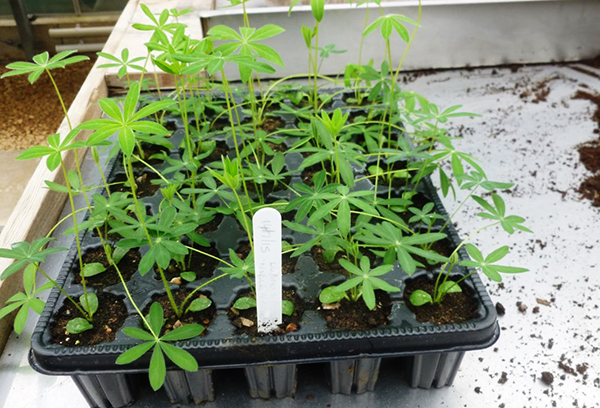

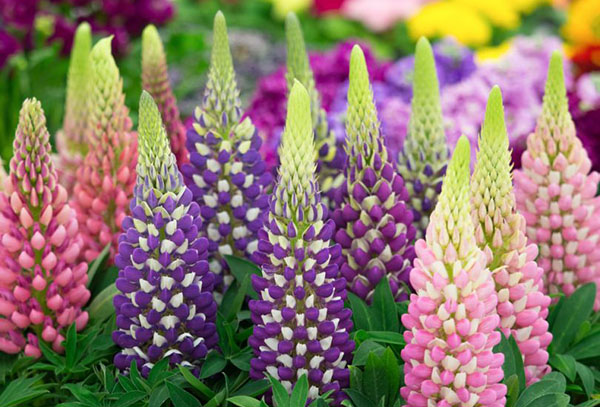
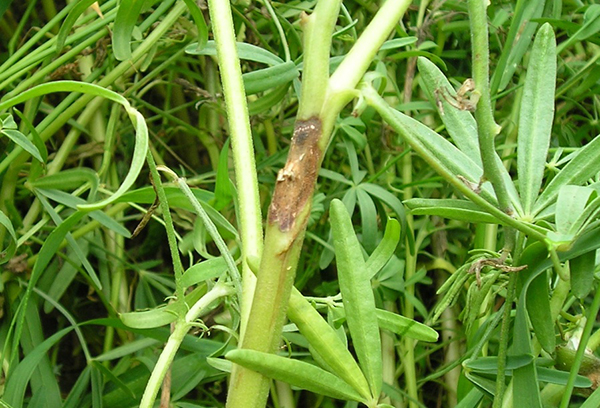

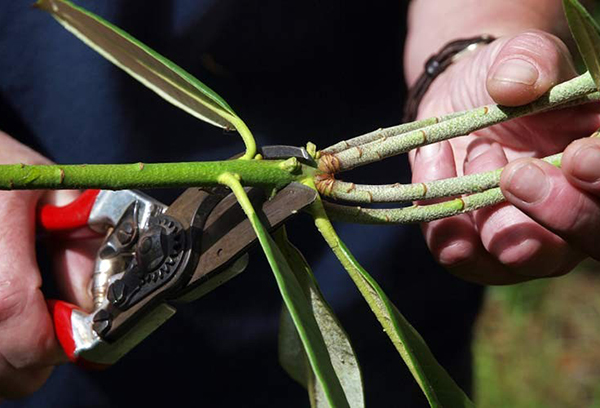
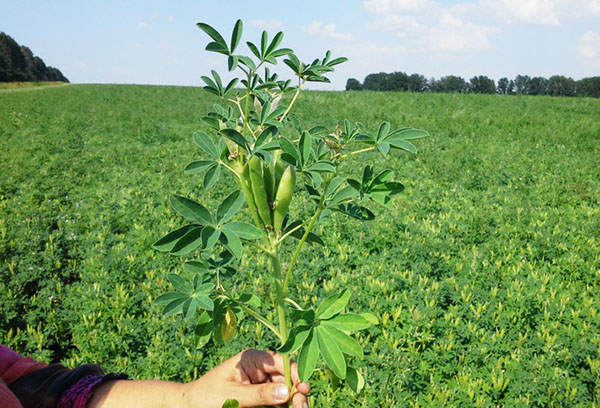
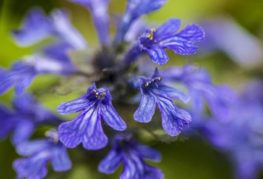
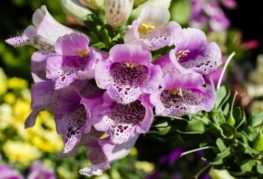

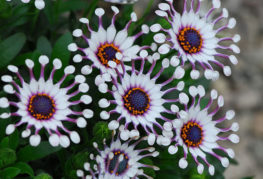

and will be published shortly.